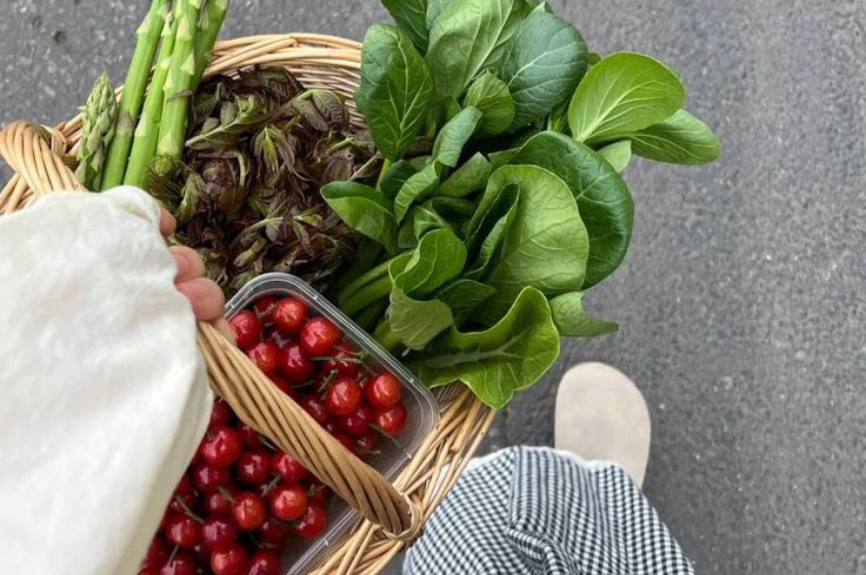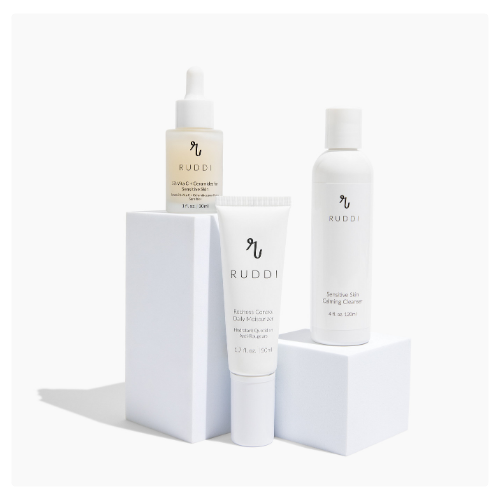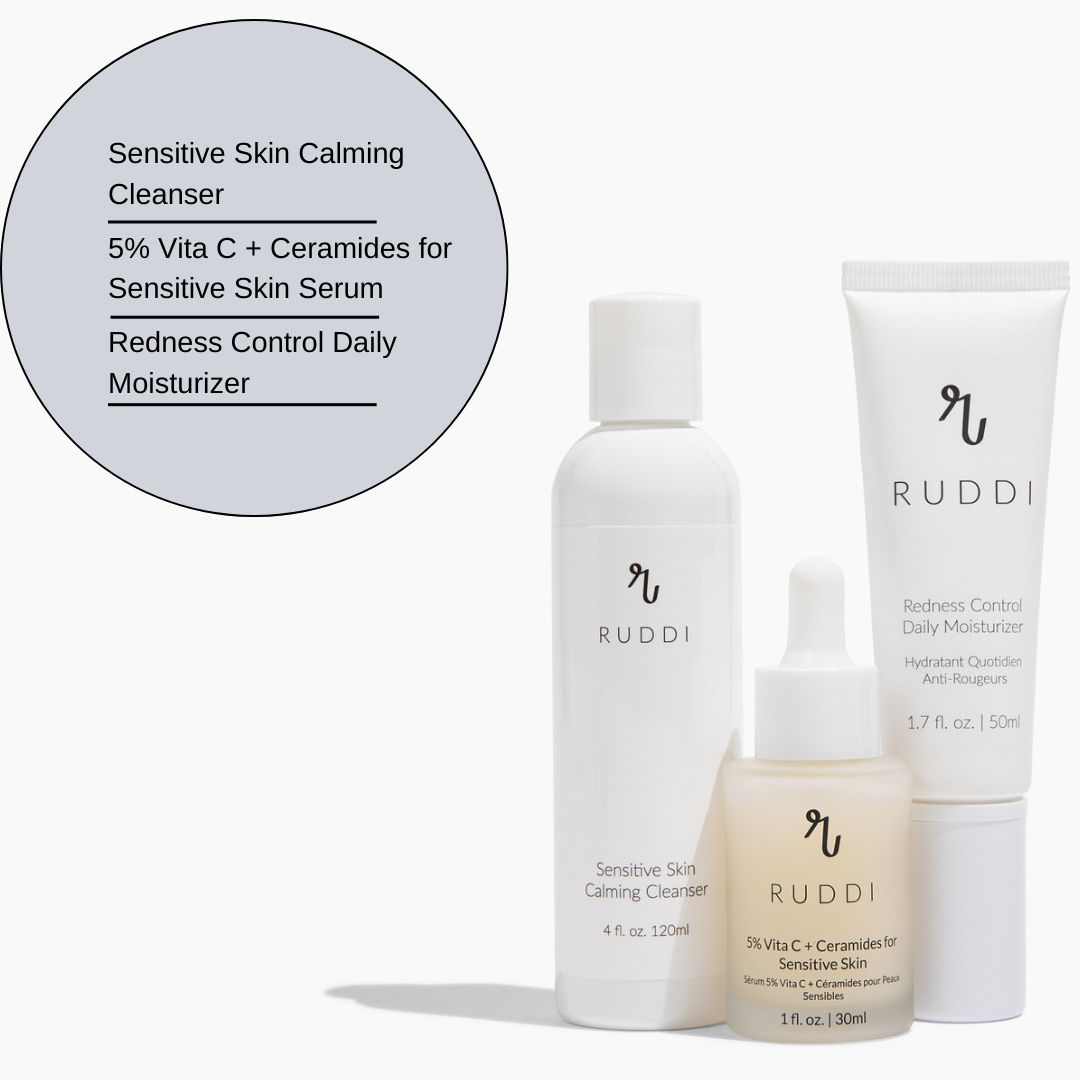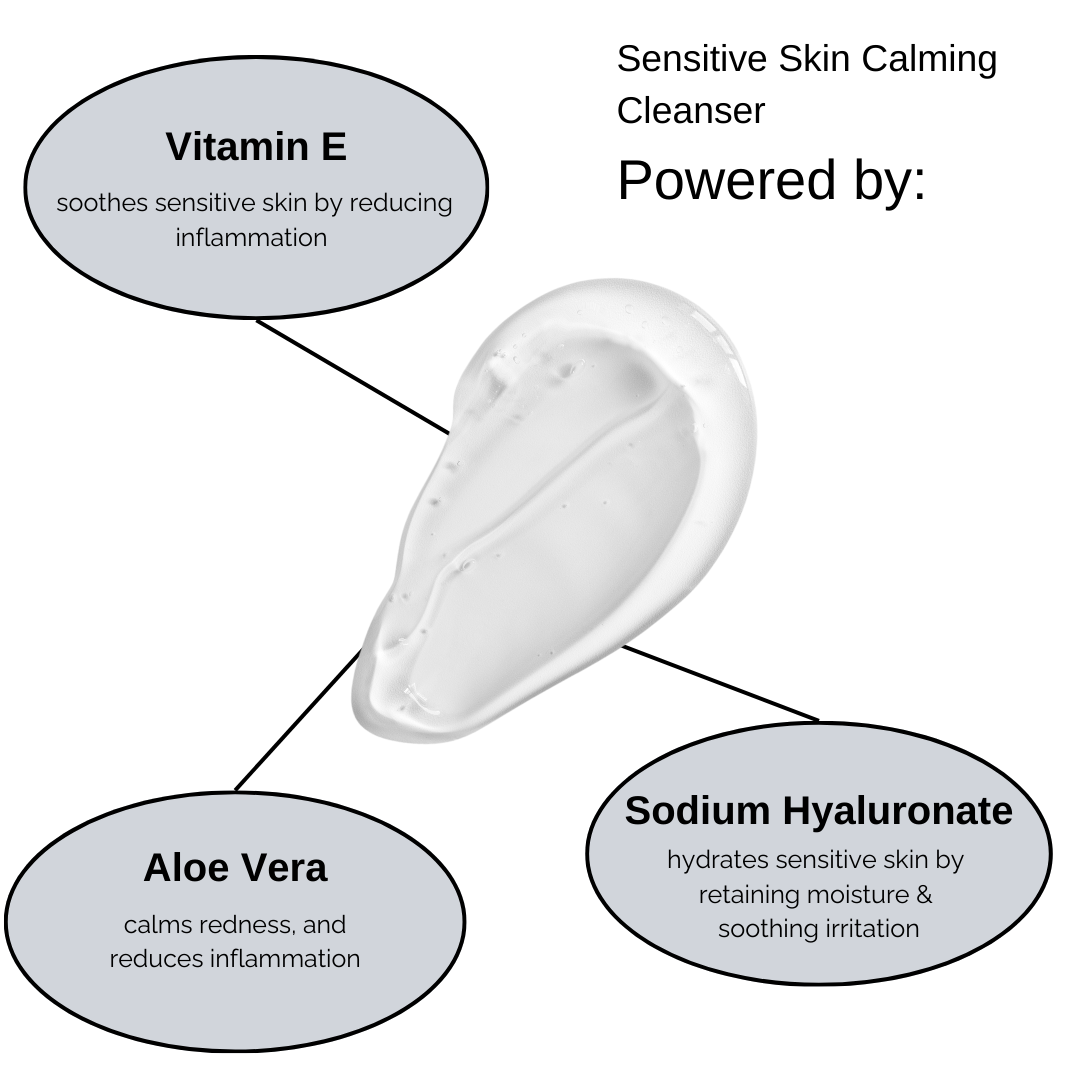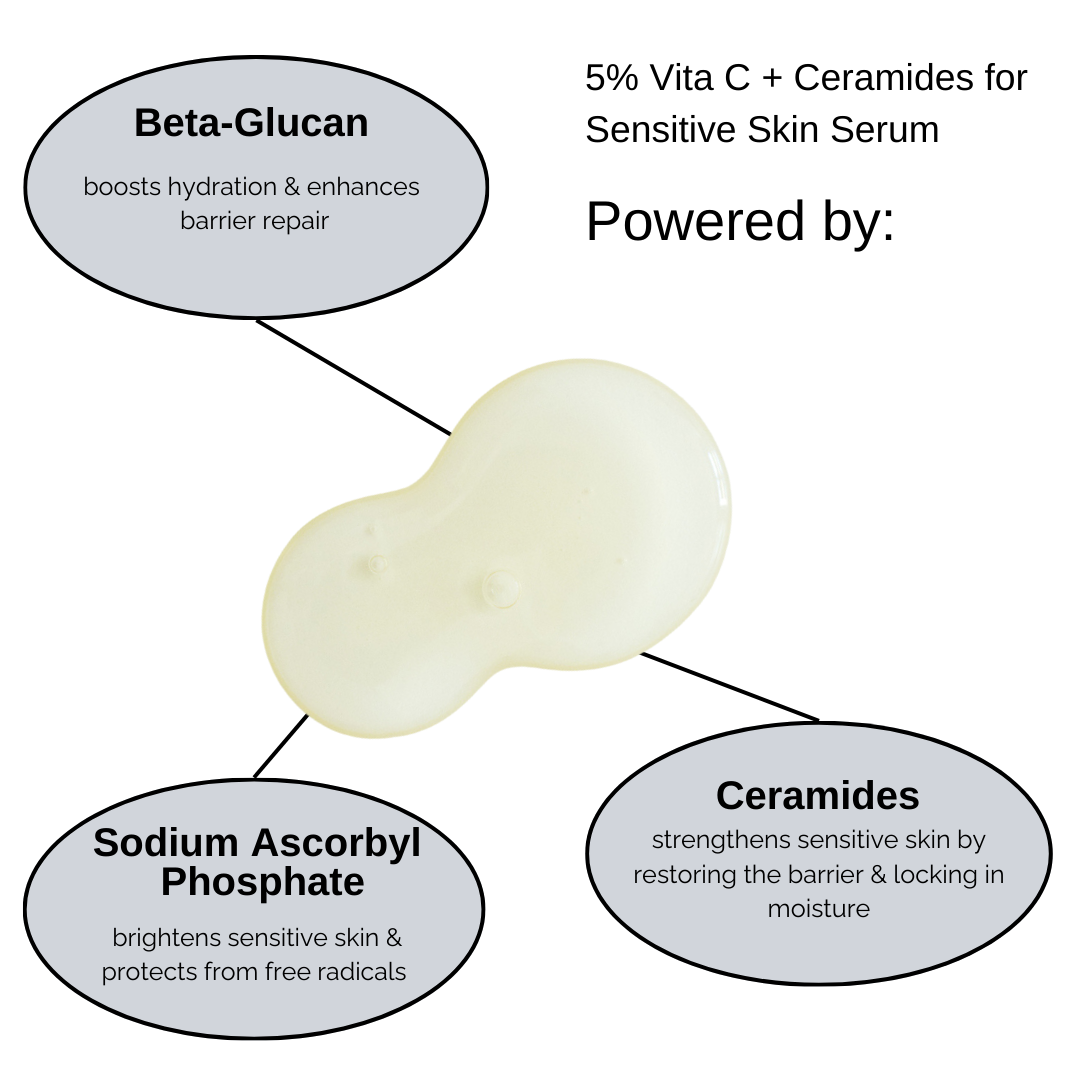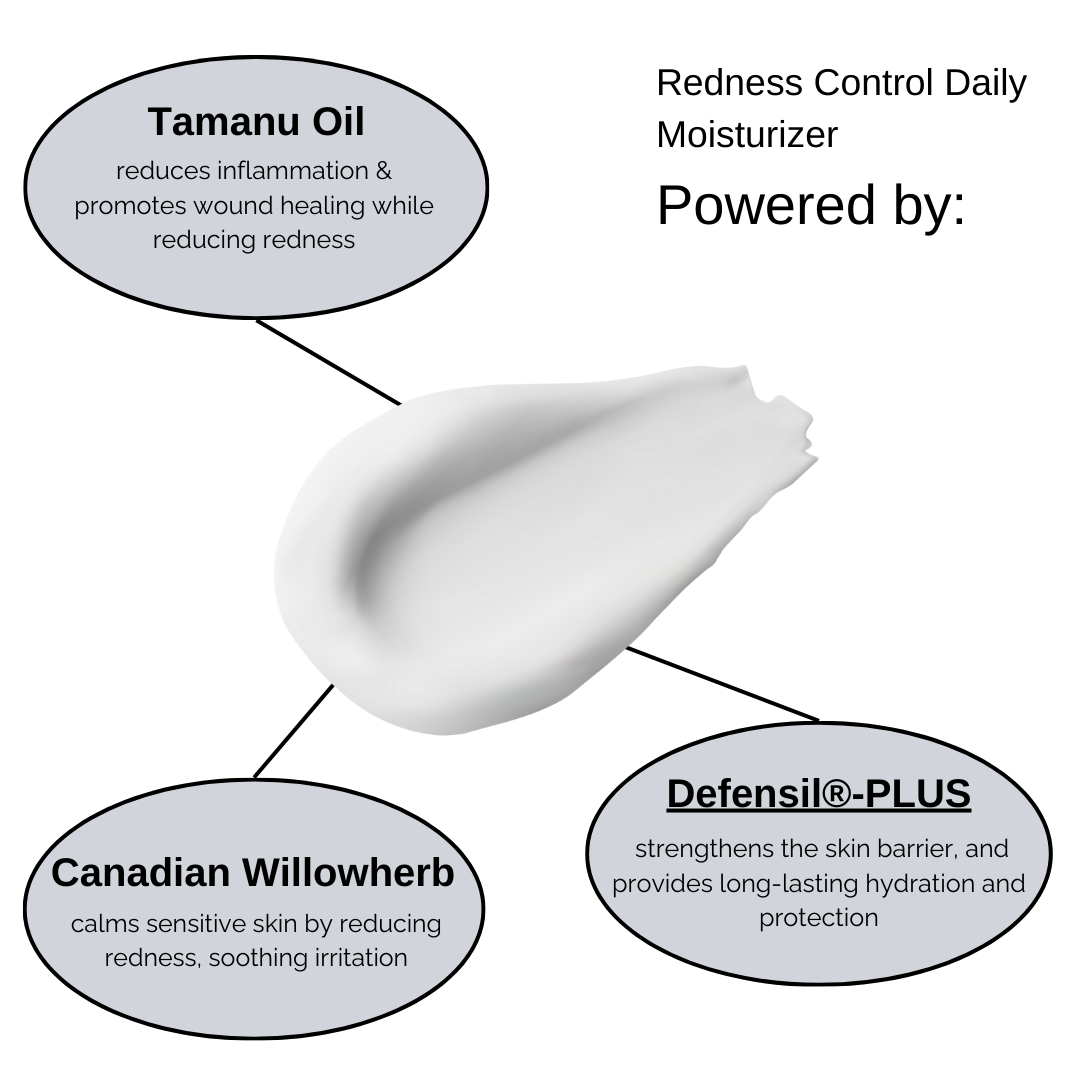Living with rosacea or sensitive skin can be frustrating. The redness, flushing, and flare-ups often feel unpredictable, and while topical treatments help, many people notice that what they eat plays just as important a role in how their skin behaves. Recently, more attention has been given to the low FODMAP diet, originally designed for digestive health, as a possible tool for managing skin conditions like rosacea.
So, what’s the connection between gut health, FODMAPs, and your skin? Let’s break it down.
What Are FODMAPs?
FODMAPs are a group of short-chain carbohydrates that are poorly absorbed in the small intestine. The term stands for:
- Fermentable
- Oligosaccharides (e.g., wheat, onions, garlic)
- Disaccharides (e.g., lactose in dairy)
- Monosaccharides (e.g., excess fructose in certain fruits)
- And
- Polyols (e.g., sorbitol, mannitol found in sugar alcohols & some fruits/veggies)
When these carbs aren’t digested properly, they ferment in the gut, leading to gas, bloating, and inflammation. For those with sensitive systems, this digestive stress may have downstream effects—like skin flare-ups.
The Gut–Skin Connection
The concept of a gut–skin axis is well established in scientific research. Inflammation in the gut can show up externally as irritation, redness, or breakouts.
Some key links include:
-
Leaky gut & inflammation: Poor digestion can increase intestinal permeability, allowing inflammatory compounds into the bloodstream that may worsen rosacea.
-
Microbiome imbalance: Overgrowth of certain gut bacteria (like SIBO, which has been linked to rosacea) thrives on fermentable carbs like FODMAPs.
-
Immune system signaling: Roughly 70% of the immune system resides in the gut, so food sensitivities and fermentation can heighten immune responses that affect skin.
In short: if your gut is unhappy, your skin often is too.
How the Low FODMAP Diet May Help Rosacea
The low FODMAP diet aims to reduce fermentable foods that trigger gut irritation. For someone with rosacea or sensitive skin, here’s why it might help:
-
Reduced Gut Inflammation → Calmer skin, less redness.
-
Balanced Microbiome → Limiting FODMAPs can starve bacteria linked to SIBO, a condition strongly associated with rosacea.
-
Improved Immune Regulation → Less gut stress can mean fewer inflammatory “flares” that show up in the skin.
-
Identifying Triggers → The elimination and reintroduction phases help pinpoint foods that worsen both digestive and skin symptoms.
Foods Commonly Adjusted on a Low FODMAP Plan
Here are some examples of high FODMAP foods that may be reduced, and low FODMAP alternatives that may be easier on the gut—and skin:
- High FODMAP (potential triggers): Garlic, onions, wheat bread, apples, pears, milk, beans.
- Low FODMAP (gentler choices): Green beans, zucchini, oats, rice, strawberries, lactose-free dairy.Of course, everyone’s tolerance is different, so personalization is key.
Important Considerations
- The low FODMAP diet is not meant to be long-term—it’s an elimination and reintroduction process, ideally guided by a dietitian.
- Not all rosacea cases are triggered by FODMAPs, but if you notice a link between your digestion and flare-ups, it may be worth exploring.
- Other factors—like stress, sun exposure, skincare products, and alcohol—also play major roles in rosacea.
The Bottom Line
While more research is needed, there’s growing evidence that what you eat can influence rosacea and sensitive skin. By reducing gut inflammation and calming bacterial imbalances, the low FODMAP diet may offer relief for those whose skin struggles are tied to digestive health.
If you suspect your rosacea is linked to what’s happening in your gut, consider discussing the low FODMAP approach with a healthcare provider. Supporting your gut could mean calmer, clearer skin—and a lot more confidence.
